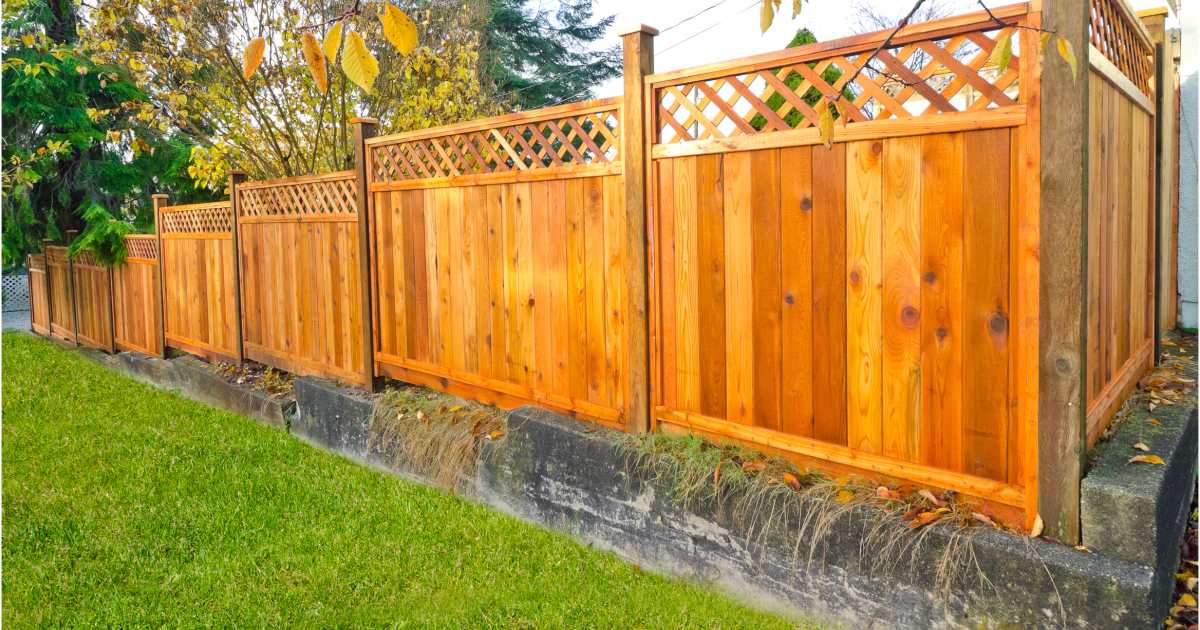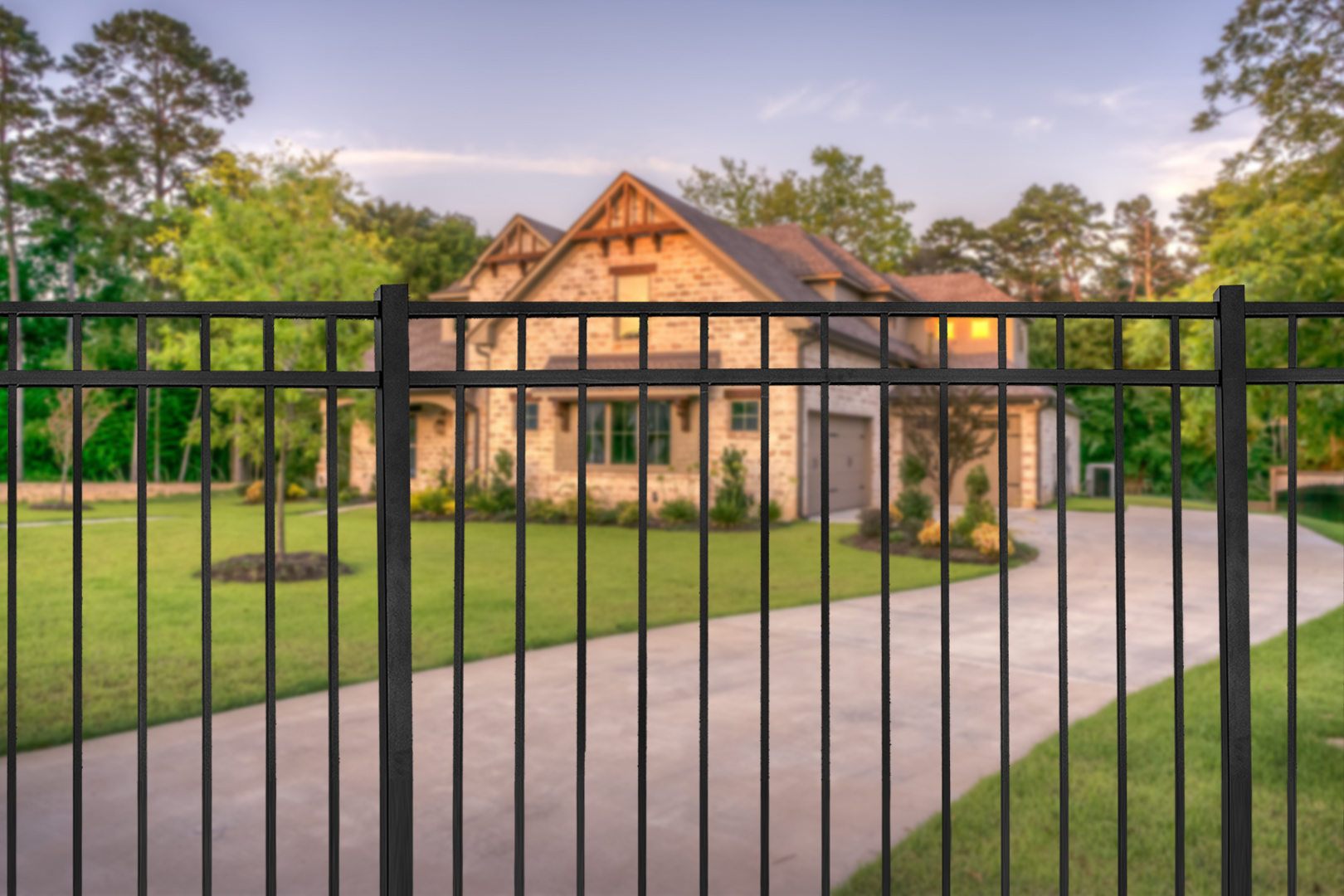All Categories
Featured

As sustainability becomes a significantly crucial consideration for house owners, even more people are transforming to green fence materials. Whether you're constructing a fence for privacy, security, or aesthetic functions, selecting products that reduce ecological impact is a wonderful method to contribute to a healthier planet. Here's a look at the leading eco-friendly fence materials offered today and their benefits.
- Bamboo Fence: Fast-Growing and Renewable. Bamboo is one of the most lasting fencing materials on the market. Unlike typical timber, bamboo is incredibly fast-growing, which means it can be collected without depleting forests. This makes it a very sustainable source, with some varieties expanding up to 3 feet in a single day.
Ecological Benefits: Bamboo soaks up much more carbon dioxide than numerous various other plants, assisting to balance out greenhouse gases. Its quick development rate means it can be gathered consistently, making it an eco-friendly material. Resilience: Bamboo fences are normally immune to insects and degeneration, specifically when effectively dealt with, lowering the demand for chemical therapies. Visual Allure: Bamboo gives a special, all-natural appearance that matches both conventional and contemporary landscaping designs. Nonetheless, while bamboo is a terrific option, it is necessary to make certain that the bamboo made use of is properly sourced to avoid adding to ecological deterioration.
- Recycled Metal Fencing: Reusable and resilient. Recycled steel fencing, such as light weight aluminum or steel, supplies an environmentally friendly option to conventional timber fences. These metals are typically made from recycled products, reducing the demand for brand-new mining and the environmental effect associated with removing raw products.

Environmental Advantages: Steels like aluminum and steel are 100% recyclable, suggesting they can be reused and repurposed forever without losing quality. Resilience: Metal fencings are unbelievably sturdy, resistant to weather, bugs, and wear, making them a long-lasting selection that does not need to be replaced regularly. Reduced Maintenance: Recycled metal fences require minimal upkeep and don't require to be repainted or secured on a regular basis, lowering the requirement for added chemicals. The primary disadvantage is that metal fencings may not give the same privacy as wood or vinyl choices, as they can have gaps depending upon the style.
- Recycled Timber Fencing: Lasting and Natural. For those that love the traditional look of wood yet want an eco-friendly choice, recycled timber secure fencing is a superb option. This material is made from recovered timber from old structures, pallets, and even furniture, drawing away these products from landfills.
Ecological Benefits: Making use of recycled timber avoids the need to cut down new trees, assisting to lower and save forests deforestation. Aesthetic Allure: Recycled timber supplies a rustic, all-natural appearance and can be personalized to match any home style. Sustainability: Since it is sourced from existing timber products, recycled timber doesn't call for new processing, which decreases power intake and carbon emissions. While recycled timber fences are a green choice, they might require more upkeep with time than steel or bamboo fences, as wood can be prone to degeneration and parasites otherwise appropriately dealt with.

- Living Fences: Natural and Environment-friendly. Living fencings, which are made from thick growings like trees, hedges, or shrubs, offer a entirely all-natural and green alternative to standard fence products. These fences not only give personal privacy however additionally boost your yard with beautiful plant.
Environmental Benefits: Living fences can absorb carbon dioxide, give environment for wild animals, and boost air high quality. Noise Decrease: Dense plantings can work as all-natural , lowering web traffic noise or other unwanted audios. Visual Allure: They add a soft, all-natural aesthetic to any type of building and can be customized to fit any design. While living fencings are environment-friendly, they do need routine maintenance such as trimming, watering, and in some cases pest control.
- Hemp Secure Fencing: Solid and naturally degradable. Hemp is one more sustainable product that has made its method right into the fence industry. Hemp fences are made from strong hemp fibers that are woven with each other to develop environmentally friendly and sturdy panels.
Ecological Benefits: Hemp expands promptly and needs very little water, making it a resource-efficient plant. When no longer needed, the material is biodegradable and can be composted. Toughness and Toughness: Hemp fence is remarkably solid and weather-resistant, making it suitable for several climates. Sustainability: Hemp farming needs fewer pesticides and plant foods than conventional plants, making it an environmentally responsible alternative. However, hemp fence may not be as widely offered as other products, depending upon your location.
Verdict: Lasting Choices for every single Requirement. Choosing environment-friendly fence materials is a great way to reduce your environmental impact while still accomplishing the personal privacy, safety, and aesthetic you desire. From fast-growing bamboo to recycled wood and steel, there are a variety of lasting alternatives that can assist you develop a beautiful, practical fencing while supporting a much healthier world. By considering elements such as toughness, upkeep, and environmental influence, you can choose the ideal eco-friendly secure fencing product for your requirements and way of life.
Latest Posts
Boost Your Home with Overhead Door Equipment
Published May 24, 25
1 min read
Join Your Financial Partner at WyHy – Top Benefits for Your Future
Published May 23, 25
1 min read
Discover Your Financial Partner at WyHy – Top Benefits for Wyoming Residents
Published May 23, 25
1 min read